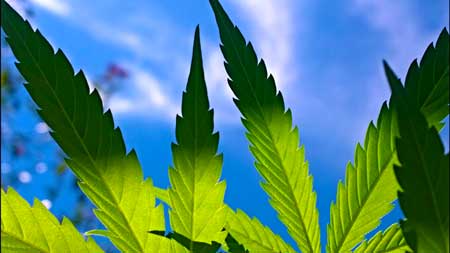Does anyone have intimate knowledge for using dolomite lime in coco as a cal/mag buffer/additive?
i have run into strife now with cal/mag deficiencies in coco. I can easily up the mag with epsom salts but it still leaves me short on cal.
I have zero EC water before nutes. I plan on using silica until about 4 weeks before harvest.
I want relative stable pH at the roots. My last cal/mag micro additive caused rising pH in my nute tank which likely translated to rising pH at the roots.
Any better solutions I can give a go for initial buffering and ongoing supplimenting?
i have run into strife now with cal/mag deficiencies in coco. I can easily up the mag with epsom salts but it still leaves me short on cal.
I have zero EC water before nutes. I plan on using silica until about 4 weeks before harvest.
I want relative stable pH at the roots. My last cal/mag micro additive caused rising pH in my nute tank which likely translated to rising pH at the roots.
Any better solutions I can give a go for initial buffering and ongoing supplimenting?
 . Don't use this compound if you don't know what you're doing.
. Don't use this compound if you don't know what you're doing.
Comment